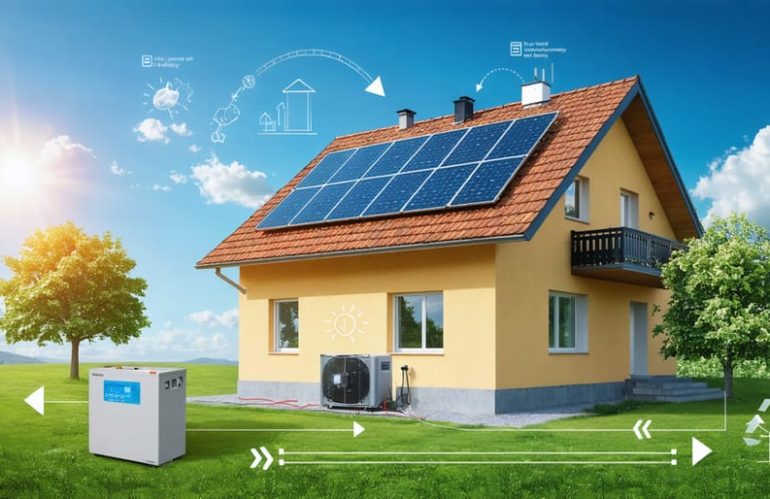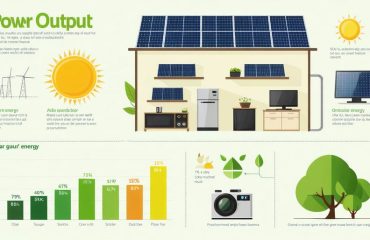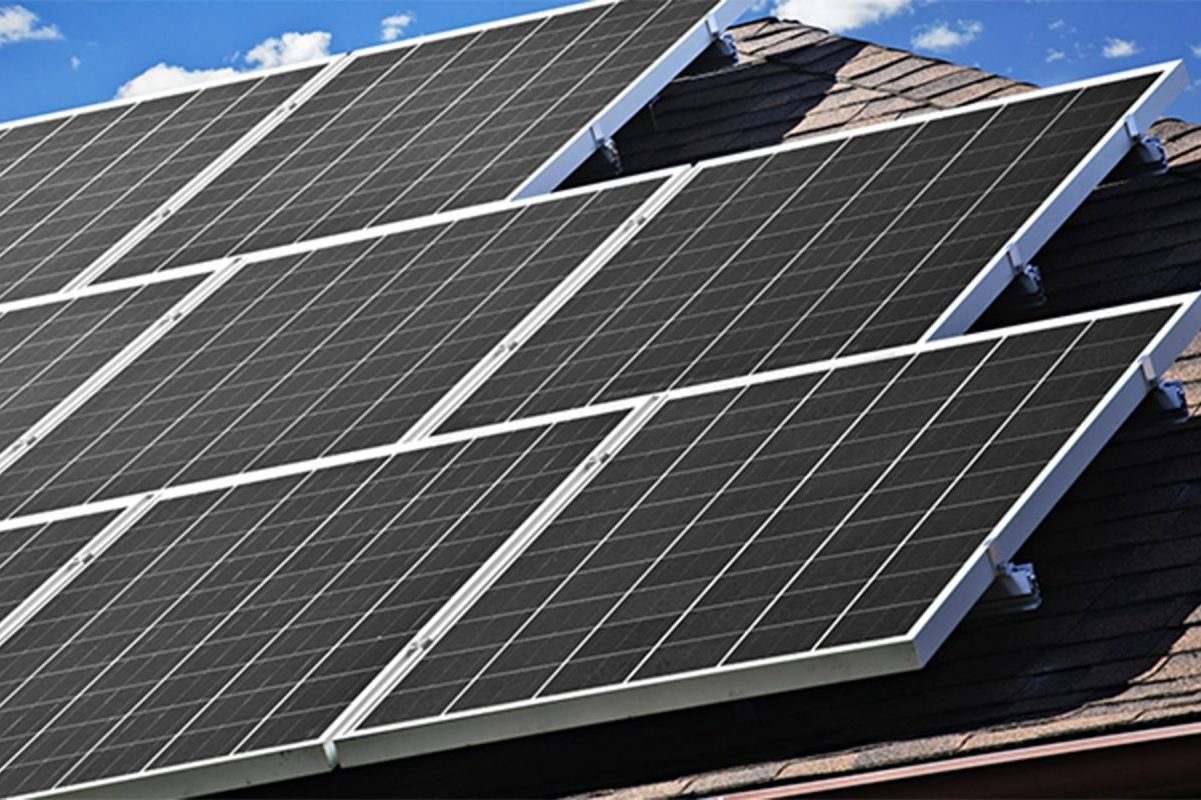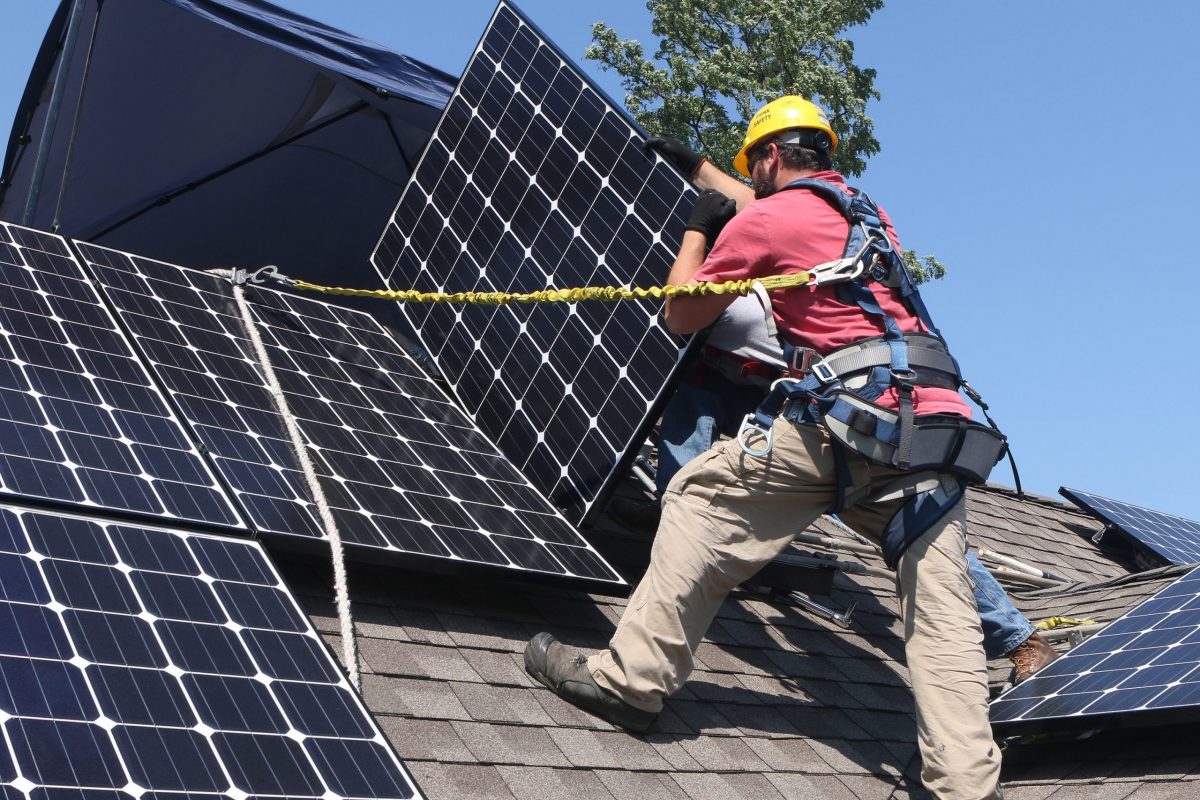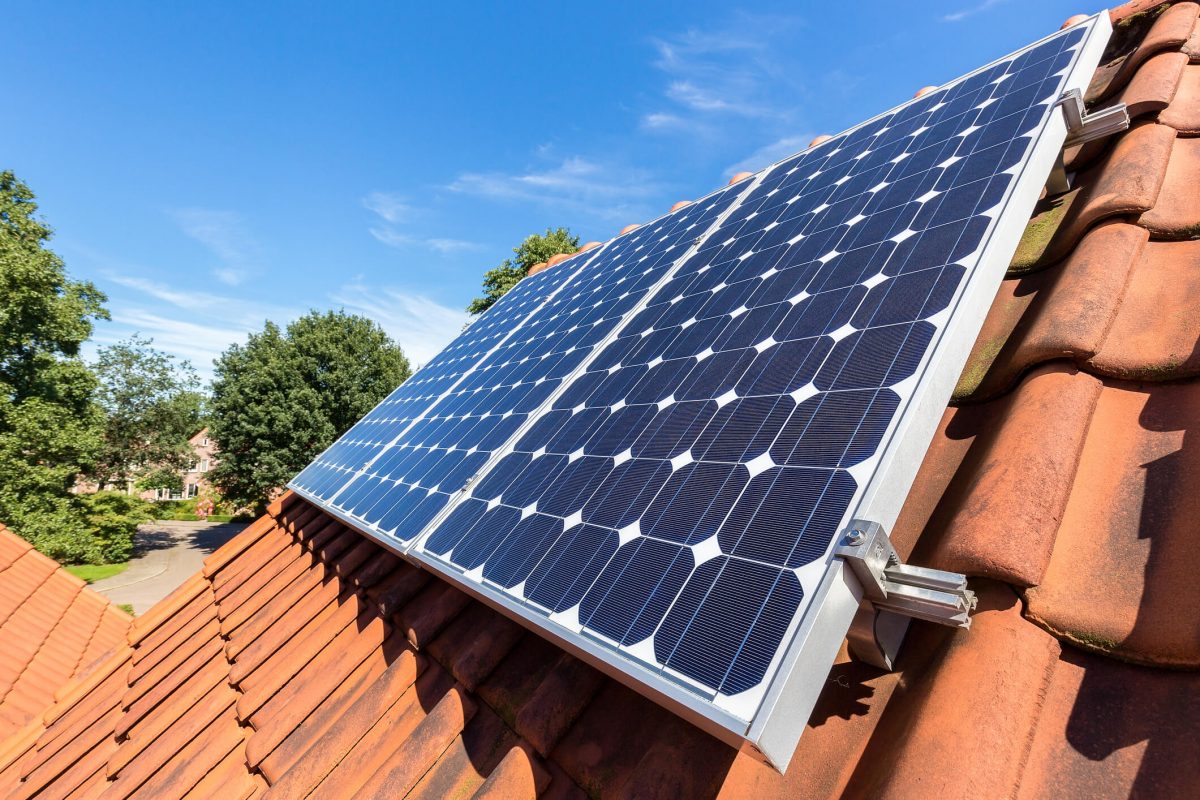Solar battery storage systems represent the missing link in achieving true energy independence with renewable power. By capturing excess electricity generated during sunny days, these intelligent storage solutions enable homeowners to maximize solar panel investment and break free from grid dependence. Think of it as having your personal power bank – when the sun sets or during cloudy weather, your stored solar energy seamlessly powers your home, eliminating the need to draw from the grid during expensive peak hours.
Modern solar batteries integrate advanced technology that automatically manages power flow, storing excess energy during production peaks and releasing it precisely when needed. This intelligent system not only ensures continuous power supply but also significantly reduces electricity bills while providing backup power during outages. As battery technology continues to advance and prices decrease, more homeowners are discovering that solar storage isn’t just an eco-friendly choice – it’s a smart financial decision that pays dividends through enhanced energy independence and reduced utility costs.
How Solar Battery Storage Systems Work

Capturing Excess Daytime Energy
During peak sunlight hours, your solar panels often generate more electricity than your home needs. Instead of sending this valuable excess energy back to the grid, solar batteries capture and store it for later use. This process happens automatically through your solar inverter, which converts the DC power from your panels into AC power for home use.
When your panels produce excess electricity, the inverter directs this surplus energy to charge your battery system. Modern solar batteries use advanced lithium-ion technology, similar to what’s in your smartphone but on a much larger scale. These batteries can typically store several kilowatt-hours of energy, enough to power your home during evening hours or cloudy days.
The charging process is carefully regulated by a smart battery management system that monitors various factors like temperature, charge level, and energy flow. This ensures your batteries charge efficiently and safely, maximizing their lifespan and performance. As your battery reaches full capacity, any additional excess energy is then exported to the grid, ensuring no solar power goes to waste.
Think of it like collecting rainwater in a tank during a storm to use during dry spells. Your solar battery system works the same way, harvesting abundant daytime solar energy to create your own personal power reserve for when you need it most.
Powering Your Home at Night
When the sun sets and your solar panels stop producing electricity, your home seamlessly switches to using the energy stored in your solar battery system. This transition happens automatically through your inverter, which converts the stored DC power back into AC power that your home can use.
Think of it like having a backup tank of fuel ready to power your home. During the night, your battery system provides stored energy to run your essential appliances, keeping your lights on, refrigerator running, and other devices powered. This process continues until either the battery reaches its preset minimum charge level or the sun rises again the next morning.
Most modern solar battery systems are smart enough to know when to discharge stored energy based on your household’s needs. They can prioritize powering critical loads during nighttime hours and can even help you avoid drawing expensive electricity from the grid during peak rate periods.
For example, if you typically use more electricity in the evening when rates are higher, your battery system can automatically supply stored power during these times, helping you save money. Some systems even allow you to monitor and control this process through smartphone apps, giving you complete visibility into your energy usage and storage levels.
The amount of nighttime power available depends on your battery’s capacity and your energy consumption patterns. Working with a qualified solar installer can help you properly size your battery system to meet your specific needs.
Battery Storage Capacity Explained
Understanding kWh Ratings
Think of a solar battery’s kWh (kilowatt-hour) rating like a water tank’s capacity. Just as a larger tank holds more water, a battery with a higher kWh rating stores more electricity. For example, a 10 kWh battery can power a typical home for about 10-12 hours, while a 13.5 kWh battery might last 12-15 hours, depending on your energy usage.
When you see a battery rated at 10 kWh, this means it can deliver 1 kilowatt of power continuously for 10 hours, or 2 kilowatts for 5 hours. However, most batteries shouldn’t be completely drained – they typically operate best when using only 80-90% of their total capacity to preserve their lifespan.
To determine the right battery size for your home, consider your daily energy consumption. The average American household uses about 30 kWh per day, but your needs might be different. Look at your utility bills to find your average daily usage, then decide how many hours of backup power you want.
Remember that larger capacity doesn’t always mean better – it’s about finding the right balance for your needs. Consider factors like your energy consumption patterns, budget, and available space when choosing your battery storage system.
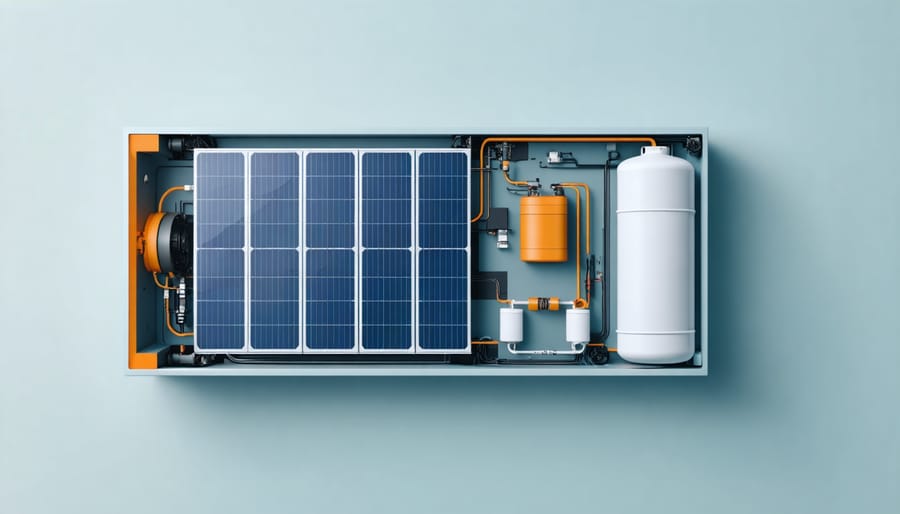
Choosing the Right Size for Your Home
When it comes to selecting appropriate battery capacity for your home, several key factors need consideration. Start by analyzing your daily energy consumption, which you can find on your utility bills. Most households use between 20-30 kWh per day, but your specific needs may vary.
To determine your ideal battery size, consider what you want to achieve. Are you looking to power your entire home during outages, or just keep essential appliances running? For backup power of critical items like refrigeration, lighting, and basic electronics, a 10-15 kWh battery system might suffice. For whole-home backup, you’ll likely need 20+ kWh of storage capacity.
Your local climate and solar production patterns also play a crucial role. If you live in an area with frequent cloudy days or want multiple days of backup power, you’ll need more storage capacity. Similarly, if your goal is maximizing self-consumption of solar energy, match your battery size to your typical excess daily solar production.
Consider future needs as well. If you’re planning to add an electric vehicle or expand your home, it’s wise to choose a slightly larger system that can accommodate growth. Many modern battery systems are modular, allowing you to start with a smaller capacity and expand later if needed.
Remember that bigger isn’t always better – oversizing your battery storage can lead to unnecessary costs without proportional benefits. The sweet spot is finding a balance between your energy needs, backup power requirements, and budget considerations.
Battery Performance Factors
Depth of Discharge
The depth of discharge (DoD) refers to how much of your battery’s total capacity you can use before needing to recharge it. Think of it like a gas tank – while you technically could run your car until it’s completely empty, it’s better to refill before reaching that point. Most home solar batteries are designed to be discharged to about 80% of their total capacity to maintain optimal performance and longevity.
For example, if you have a 10kWh battery, using it down to 80% DoD means you can access 8kWh of usable energy. While it might seem counterintuitive not to use the full capacity, this approach significantly extends your battery’s lifespan. Many modern lithium-ion batteries can handle thousands of cycles at this depth of discharge while maintaining their performance.
Some manufacturers offer warranties based on the number of cycles at a specific DoD. The deeper you regularly discharge your battery, the fewer total cycles it will last. By following the recommended discharge levels, you can ensure your solar battery continues performing efficiently for many years, maximizing your investment in clean energy storage.
Cycle Life and Efficiency
When considering solar battery storage, two crucial factors are cycle life and energy conversion efficiency. Modern lithium-ion batteries typically last between 10-15 years, offering 5,000 to 10,000 charging cycles before significant degradation occurs. This means your battery can be charged and discharged daily for well over a decade while maintaining reliable performance.
The efficiency of solar batteries is impressive, with most systems achieving 85-95% round-trip efficiency. This means that for every 100 watts of energy stored, you can expect to use between 85 and 95 watts when you need it. While this small energy loss might seem concerning, it’s actually quite minimal compared to the overall benefits of energy independence and reduced utility costs.
To maximize your battery’s lifespan, most systems come with smart management features that prevent over-charging and excessive discharge. These automated systems maintain optimal charge levels and temperature control, helping your investment last longer. Regular maintenance is minimal, typically requiring only occasional system checks and software updates, making solar batteries a reliable, low-maintenance addition to your home’s energy system.
Temperature and Environmental Factors
The performance of your solar battery storage system is significantly influenced by environmental conditions, particularly temperature. Just like most electronic devices, batteries operate best within specific temperature ranges. While modern solar batteries are designed to be robust, it’s important to understand how temperature affects performance to maximize your system’s efficiency.
Most solar batteries work optimally between 50°F and 85°F (10°C to 30°C). When temperatures rise above this range, the battery’s charging capacity and overall lifespan may decrease. Extremely high temperatures can also pose safety risks and accelerate battery degradation. Conversely, very cold temperatures can reduce the battery’s ability to hold and deliver charge effectively.
To protect your investment, it’s recommended to install your battery system in a temperature-controlled environment, such as a garage or utility room. Many modern solar batteries come with built-in thermal management systems that help maintain optimal operating temperatures. Some systems even include automatic shutdown features that activate when temperatures become too extreme, protecting your battery from damage.
Humidity and dust can also impact battery performance, which is why proper installation location and regular maintenance are essential for long-term reliability.
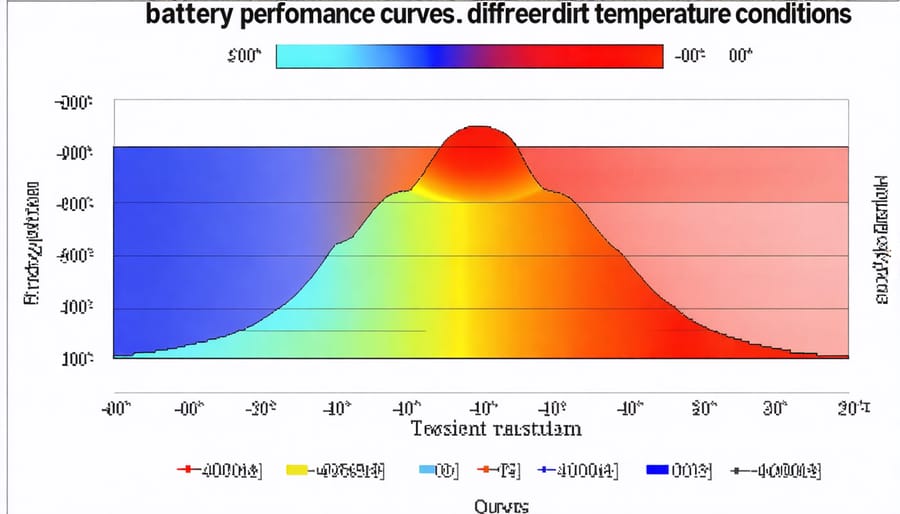
Solar battery storage represents a game-changing solution for homeowners looking to maximize their energy independence and reduce their carbon footprint. By capturing excess solar energy during peak production hours and storing it for later use, these systems provide reliable power when the sun isn’t shining and offer protection against grid outages.
Throughout this guide, we’ve explored how solar batteries work in conjunction with solar panels to create a more efficient and sustainable home energy system. We’ve seen how these batteries can store excess electricity generated during sunny days, allowing you to power your home during cloudy weather, at night, or during power outages. This stored energy not only provides peace of mind but can also lead to significant cost savings by reducing your reliance on grid electricity during peak rate periods.
The benefits of solar battery storage extend beyond individual households. As more homeowners adopt this technology, we’re collectively contributing to a more stable and sustainable power grid. This distributed energy storage helps reduce strain on utility infrastructure and decreases the need for environmentally harmful peaker plants.
While the initial investment in solar battery storage may seem substantial, the long-term advantages are clear: lower electricity bills, increased energy independence, and enhanced home value. Modern solar batteries are more efficient, longer-lasting, and more affordable than ever before, making them an increasingly attractive option for homeowners.
As we look to the future, solar battery storage will play an increasingly vital role in our transition to renewable energy. Whether you’re motivated by environmental concerns, seeking energy independence, or looking to reduce your utility bills, solar battery storage offers a practical and powerful solution. By understanding how these systems work and their benefits, you’re better equipped to make an informed decision about incorporating this technology into your home energy setup.

